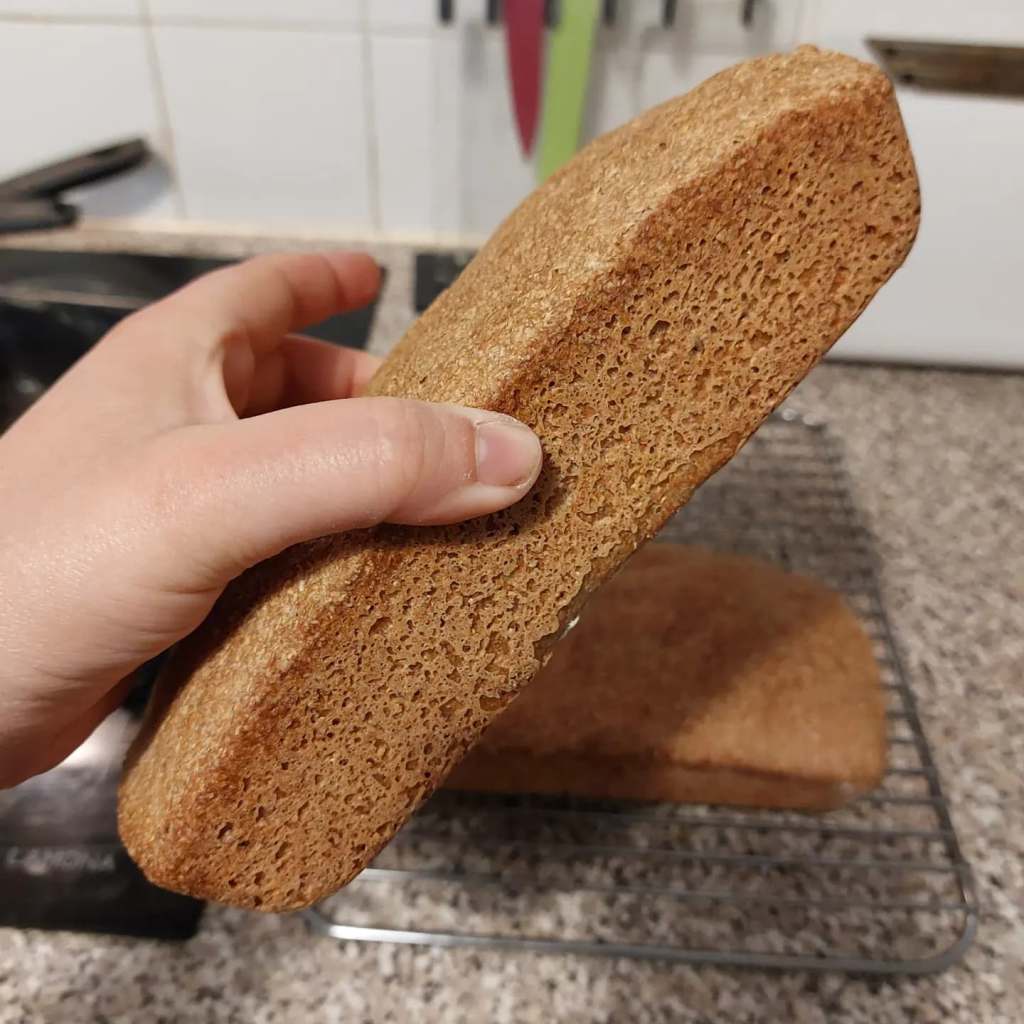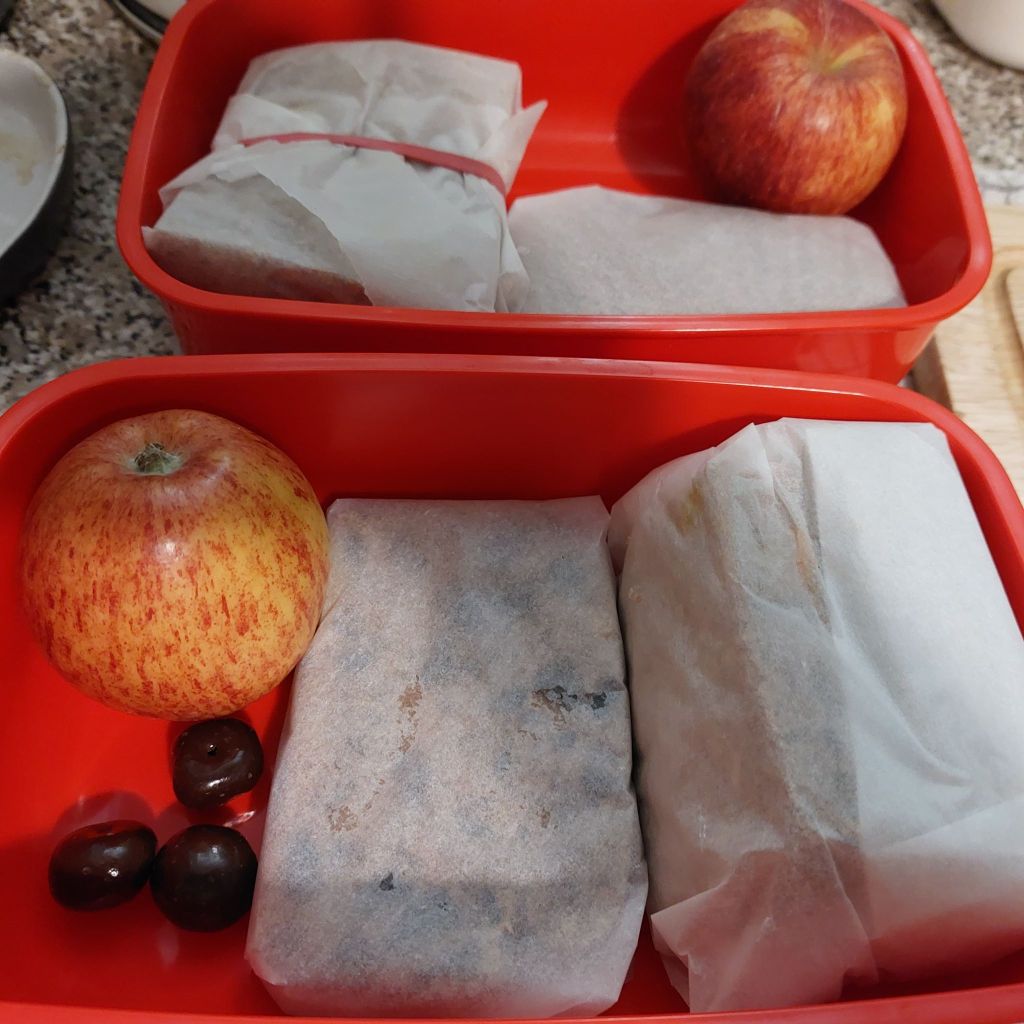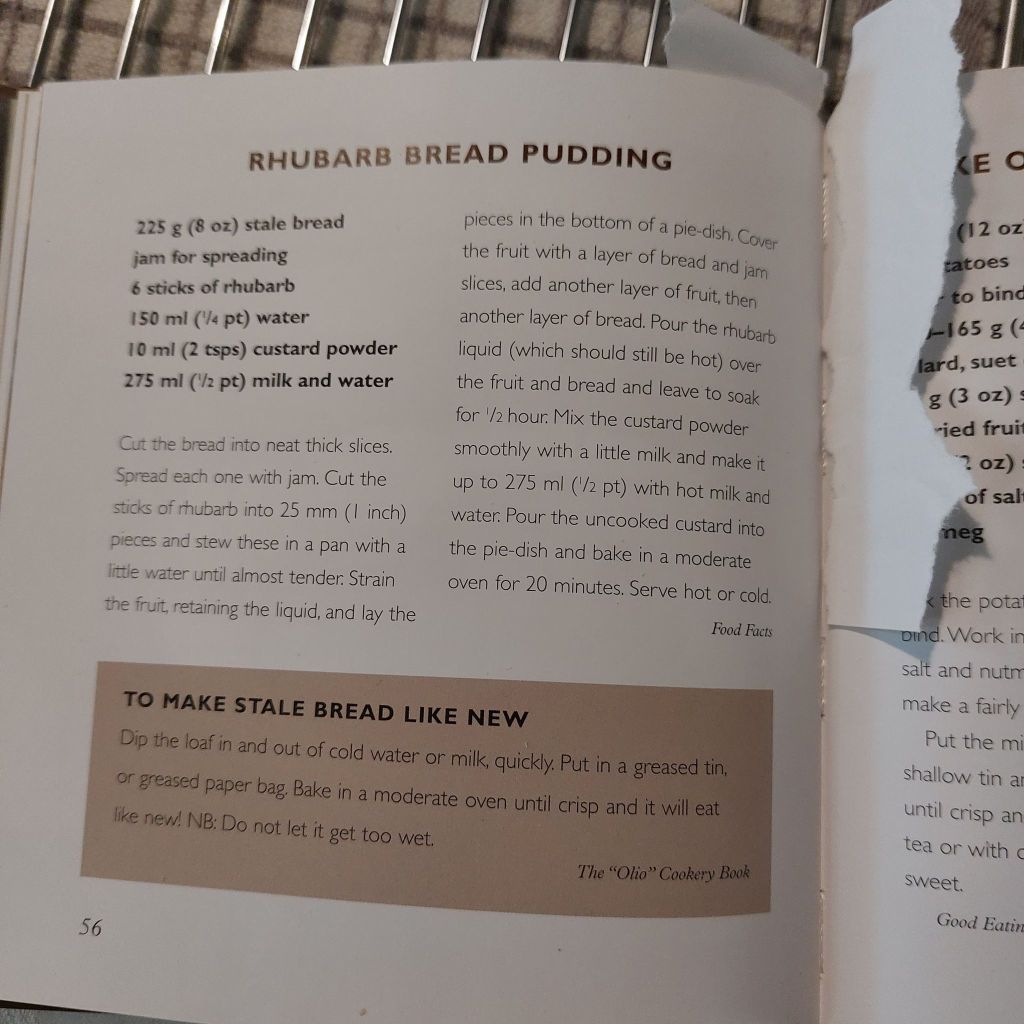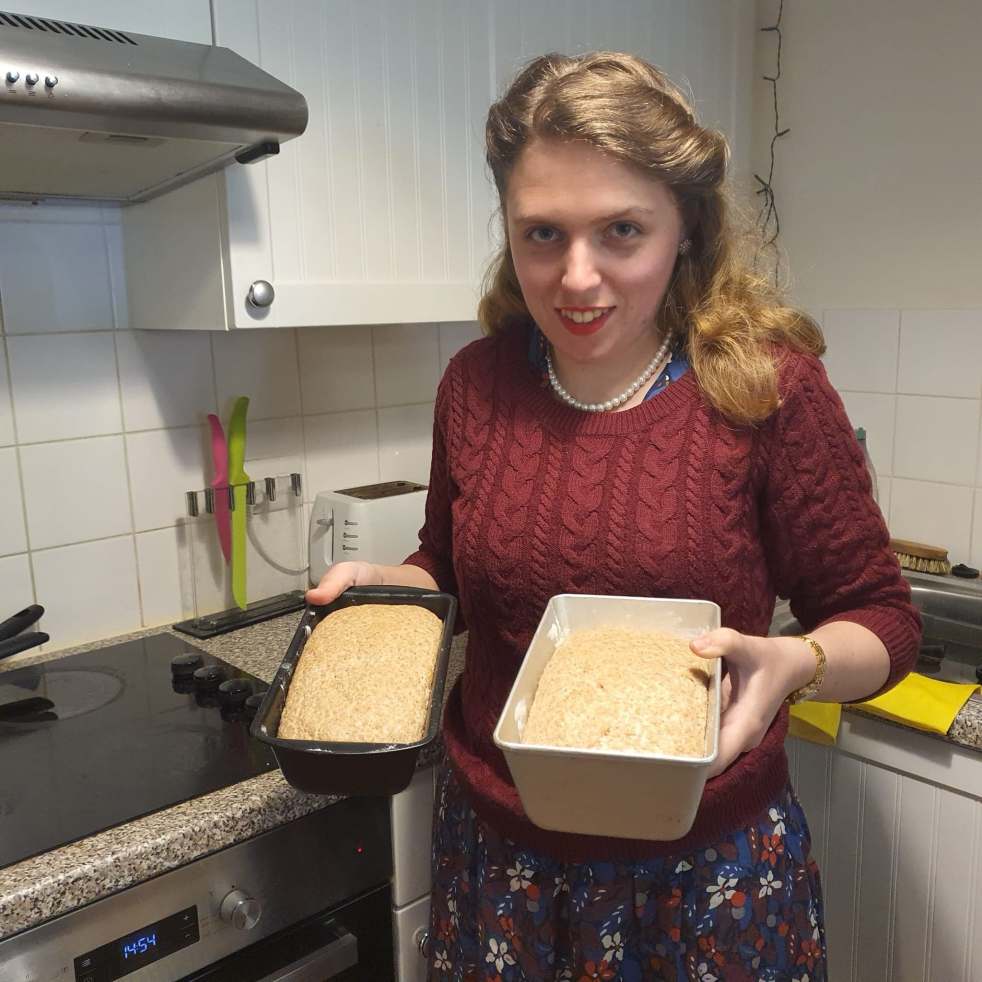Post-industrialisation, and through the intervening decades of the early -mid 20th century, Britons came to love their soft white bread; the softer and whiter the better. White bread had historically been preserved for the wealthy and ‘upper classes’ due to the extra cost and effort involved in milling white flour, and thus its desirability was sealed. The issue with white bread, is that much of the fiber and nutrient is lost when the grain is milled, as a significant portion of the wheat grain is removed in the process. To achieve maximum productivity from each shipment or harvest of wheat, the government passed a law that meant bread had to be made from a wholewheat flour (which contains up to 85% of the grain per ton, a far higher percentage than white flour, so far less wastage) with added vitamins and minerals, producing a heavy brown loaf which, although actually higher in nutrient and a way to avoid rationing of bread, was far from appreciated in either taste, appearance, or texture, by the British public. The loaf was so unpopular there are even anecdotes of it being dubbed ‘Hitler’s Secret Weapon’! But how bad could it be…?
I decided that on the first day of our rationing project, I would attempt making a version of The National Loaf. The recipe I used is as follows:
National Loaf (1942)
“The bread was grey, coarse, had a crumby texture almost like sawdust, contained a lot of salt so it would “keep” longer, and was dry. It was stale one day after baking, had a chewy crust that was tough, and some would dip it in water to add some moisture.” – The National Loaf – thewartimekitchen.com
(Makes two loaves)
1 ½ lb wholemeal bread flour
1 ½ tbsp salt
1 ½ tbsp dried yeast
1 dsp honey or treacle (two teaspoons)
450 ml tepid water (about 2 cups)
1. Activate the dried yeast with a little of the sugar substitute and warm water. Mix together all the ingredients and knead for about 10 minutes until you have a soft dough. Place the dough in an oiled bowl, cover with a dish towel, and leave until dough has doubled in size (around 2 hours).
2. Knock back the dough, give a short knead then cut into two equal pieces. Place in 1.5 litre loaf tins (8 X 4 X 3 loaf pans), allow to rise for a further 2 hours.
3. Pre-heat oven to 200°C (400° F) then bake loaves for 30 min. To test the loaves, turn them out of their tins and give the base a tap; if it sounds hollow, they are ready. Allow to cool on a wire rack.
A modern day basic wholemeal bread recipe I recently made, contained the equivalent of one persons weekly ration of butter! The National Loaf as above, contains zero fat, which makes a huge difference!
Sadly, as sometimes happens, my bake went a little awry… I think the problem was that I miss-read the recipe (tsp instead of tbsp!) and didn’t use enough yeast, then the dough was left to rise for too long on the first prove, and the yeast was too exhausted to rise in the oven, resulting in two loaves that had a closer resemblance to bricks than fresh bread! Not to be put off, I sliced one loaf horizontally to create enough slices for a couple of lunch box sandwiches and set about researching stale bread recipes to use up the other.


I have discovered that many rationing recipes use stale bread or breadcrumbs as a bulk filler; for example to create stuffings or puddings, or to bulk out sausage-meat, to help fill hungry bellies when meat is limited. Bread that is dry and past its best, is often simply thrown away in modern kitchens, but in wartime every piece of food had a value and housewives became inventive on how to use up and disguise scraps.
I found one recipe that is an excellent example of this waste-not-want-not attitude, and couldn’t resist giving it a go! Better still, the recipe doesn’t use any more of our dwindling fat or sugar rations. I only had two huge sticks of rhubarb available, so hoped this would be enough compared to the 6 sticks listed. I also wasn’t sure if to layer the bread slices jam side up, or jam side down…?

I would definitely call this a ‘pudding made with bread’ as opposed to a real ‘Bread Pudding’, which traditionally is made with pre-soaked bread that cooks firmer and more cake like. I suppose the closest would be a bread-and-butter pudding made from layers of buttered bread and custard with fruit. We had a portion whilst it was still warm with our lunch (vegetable pasties) and planned to reserve the rest for cold deserts through the week. The reality was, the custard split, the bread still tasted like… well, bread, and the rhubarb was crying out for some brown sugar! I can imagine how heart breaking it would’ve been for 1940s housewives and cooks, to have failures like this, especially seeing the sad look on my husbands face and his half eaten bowlful pushed aside! Some of these wartime recipes are certainly proving to be a bit of a shock to our modern taste-buds.

Oh my goodness, I do admire you, this makes such interesting reading, I’m glad I didn’t have to live through rationing. I’m not the best of cooks now so feel I would struggle with it all. ❤️
LikeLike
Very interesting read.
LikeLike